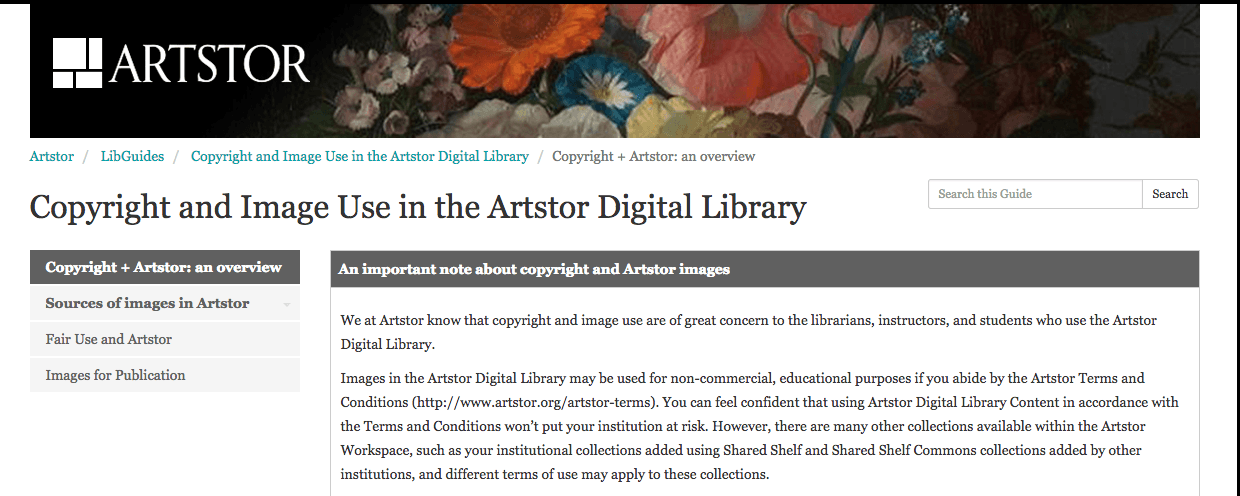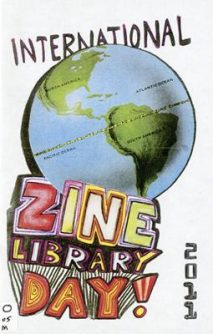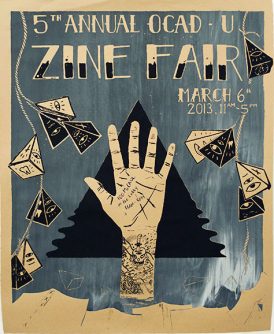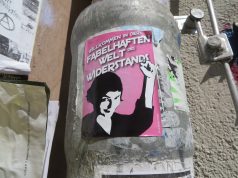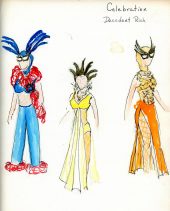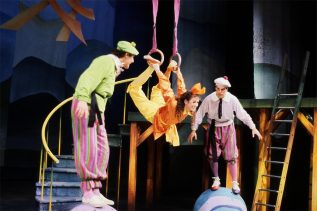Good news! Artstor has made more than 1 million image, video, document, and audio files from public institutional collections freely available to everyone—subscribers and non-subscribers alike–at library.artstor.org. These collections are being shared by institutions who make their content available via JSTOR Forum, a tool that allows them to catalog, manage, and share digital media collections and make them discoverable to the widest possible audience.
Blog Category: Public collections
Artstor and copyright: a guide
Did you know that Artstor does not own the rights to the images in our collections? When you search Artstor you may be viewing images from multiple sources with differing permitted uses. Some collections might even be from your own institution’s archives and available only to you!
To help you better understand how you can use the images you find, we’ve created a guide to copyright and image use in the Digital Library. Read on to learn about the different sources of images you’ve been working with, and consult our LibGuide to learn the finer details of working with these images.
Persuasive Cartography: collector’s choice
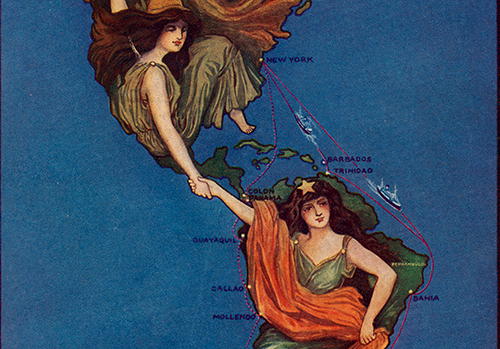
South America: the Land of Opportunity. A Continent of Scenic Wonders. A Paradise for the Tourist. General Information for Travelers, Detail. Lamport & Holt Line. 1912. Persuasive Maps: PJ Mode Collection
Persuasive Cartography: The PJ Mode Collection is a physical and digital open access collection of maps donated to Cornell University Library’s Rare and Manuscript Collections. This collection brings together maps from many eras from all over the world to explore their power as visual messengers.
Following up on our interview in which he shares the origin of the collection, collector and donor PJ Mode shares a selection of his favorite pieces.
Staying true to the ethos of zines at OCAD U
Editor’s note: this post was originally published in May 2017 and has been updated to reflect Artstor’s platform changes.
We invited Marta Chudolinska, Learning Zone Librarian at the Ontario College of Art and Design University, to tell us about the collection of zines they are making openly available via Artstor’s public collections. You can view the collection in Artstor here.
The OCAD U Zine Library is an ever-growing collection of self-published and handmade objects located in the Learning Zone at OCAD University. The Library contains an incredible range of zines (pronounced “zeen,” as in magazine), in terms of subject matter and form. Zines are a very flexible medium – they can be about anything that the creator wishes, often incredibly personal, political, or conceptual, and production can range from the cheapest, easiest options, such as photocopiers, to finely crafted, handmade approaches such as screen printing or letterpress.
The collection was started by former student Alicia Nauta in November of 2007 with hopes to inspire, educate and entertain, to encourage collaboration between OCAD U students and to open up the world of zines for readers and creators everywhere. When Alicia graduated, maintenance and development of the collection were continued by OCAD University Library staff. In 2009-2010, reference interns Laine Gabel and Marta Chudolinska devised a unique cataloging system based on best practices identified from other zine libraries and zine communities, which was later expanded to meet zine library cataloging standards as established by zine librarians across Canada and the US as xZINECOREx.
Science and history converge in Cornell’s glacier photographs
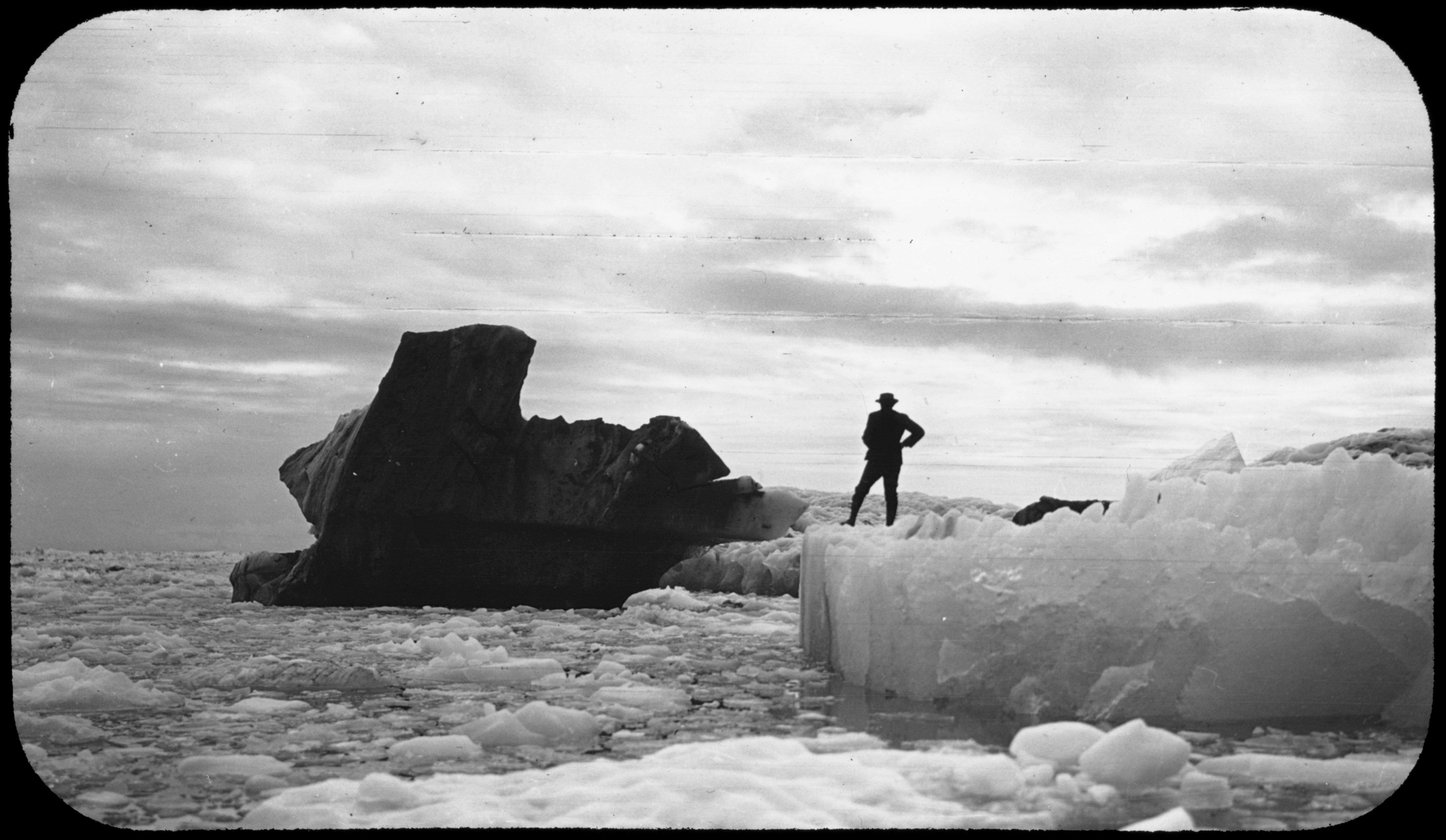
Black iceberg. 1909. Image provided by Cornell University.
Cornell: Historic Glacial Images of Alaska and Greenland archive is a magnificent photographic assemblage of Arctic expeditions undertaken by Cornell faculty in the late 19th and early 20th centuries. The majority of photographs document sweeping views of glaciers, their boundaries, and coordinates. Others portray explorers crossing the Arctic terrain by boat, foot, sled, and train, revealing the human effort involved in traversing the Arctic for scientific purposes. These expeditions sought to research the development and behavior of glaciers from a scientific perspective during a period in history when public interest in the Arctic surged. Today, the images in this archive have become a locus for interdisciplinary research.
Artstor’s Megan O’Hearn sat down with Cornell faculty members Matthew Pritchard, associate professor of geophysics, and Aaron Sachs, associate professor of history, to learn about their collaborative approaches to understanding and illustrating the process and impact of global warming using this incredible archive.
Meg O’Hearn: Can you give us a quick history of Cornell’s Historic Glacial Images of Alaska and Greenland archive?
Matthew Pritchard: The photographs are part of the Cornell archives and are particularly related to two Cornell faculty members. One is Ralph Stockman Tarr, who became a faculty member starting in 1892, and the other is one of his students who eventually became a faculty member, Oscar Von Engeln. The collection is an assemblage from different expeditions made by various Cornell faculty and students between 1896 and 1911. All those photographs were in the archives with the rest of the documents from these two people, but we weren’t aware of them until an Emeritus faculty in our department was cleaning his office and brought us a box of glass plates that had not been included in that collection.
Addressing the unaddressed: Tuskegee University’s Hidden Audio Collections, 1957-1971
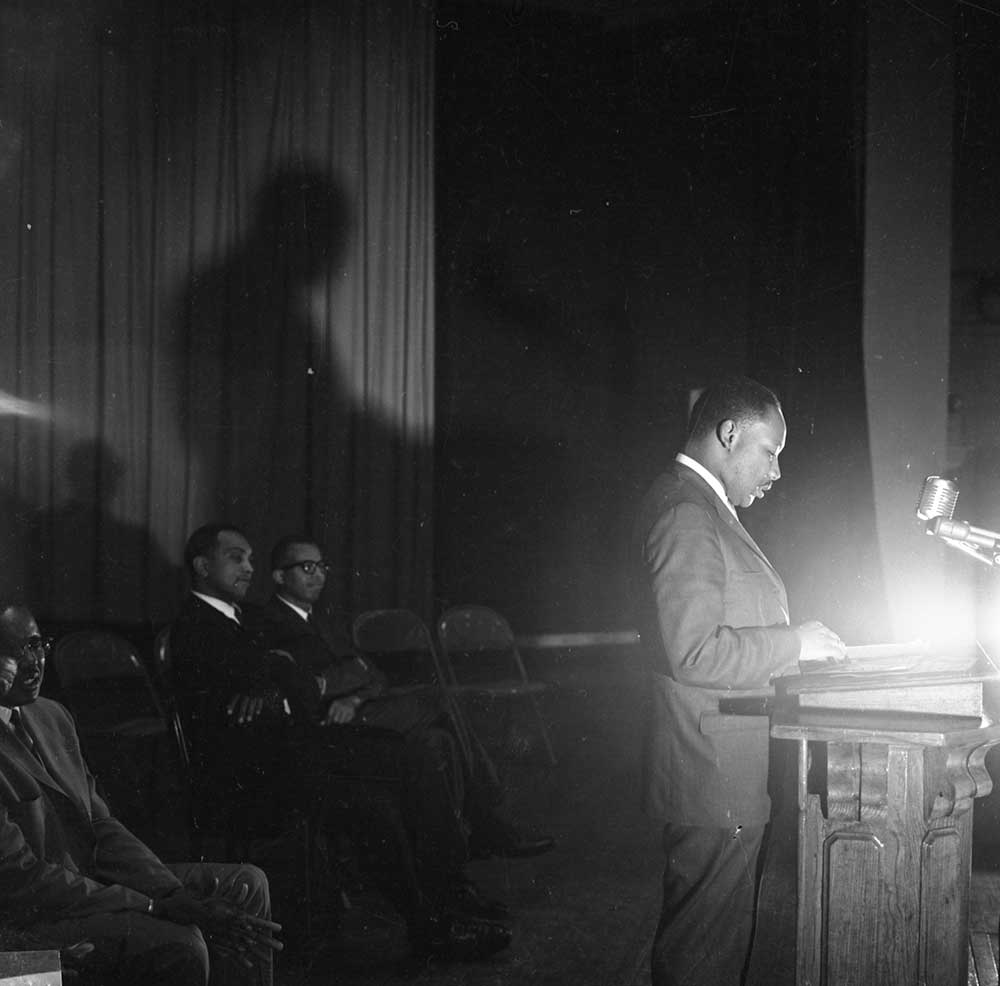
Dr. Martin Luther King, Jr. speaks at the TCA meeting, 1957. Courtesy of the Tuskegee University Archives, P.H. Polk Collection, 2017.
Tuskegee University Archives recently released new recordings from the Tuskegee Civic Association records that feature prominent leaders of the Civil Rights Movement. These speeches, addressing the Tuskegee community, fill in historical gaps to illuminate the relationships between leaders and their constituents.
The collection was digitized from reel-to-reel tape under the care of university archivist Dana Chandler and made available through funding by the Andrew W. Mellon Foundation to the Council of Independent Colleges. The recordings are freely available to listen to in Artstor’s public collections.
Artstor staff members Evan Towle and Karyn Anonia spoke with Chandler about his work.
ET: First, can you speak a little about your history with the Archives at Tuskegee?
DC: I’m in my eleventh year. I’d first visited in 1972—my parents brought us down here to see Carver’s laboratory, and I fell in love with the place then. I did not ever expect to work here. The opportunity kind of fell into my lap, and I have been able to, I think, develop the Archives into a viable place for researchers to come from the US and all around the world to work on the materials to fill in some blanks that have been evident for a long time about the history of the Civil Rights Movement and the history of Tuskegee as a whole, as well as the work of African Americans, how successful they really were during the time of Jim Crow Laws and laws of segregation.
When you think about Tuskegee, you think about George Washington Carver, Booker T. Washington. You think about the Tuskegee Airmen, and maybe something called the Syphilis Study, which did not happen here on the campus. But it is much more than those things. The first Extension Agent to the US Federal Government came from Tuskegee—not just the first black agent, but the first Extension Agent came from Tuskegee University—the first African American Hospital in Alabama; the first school to offer a four-year degree in nursing in Alabama; the first African American woman to win a gold medal at the Olympics, Alice Coachman Davis, went to Tuskegee. And believe me, I could go on and on ad nauseam about the stuff that’s here.
Sticky art: the Street Art Graphics collection
Catherine Tedford, the director of the Richard F. Brush Art Gallery at St. Lawrence University, curates the Street Art Graphics collection, undeniably one of the coolest resources in Artstor’s public collections. Here she shares the history of street stickers and of her amazing collection.
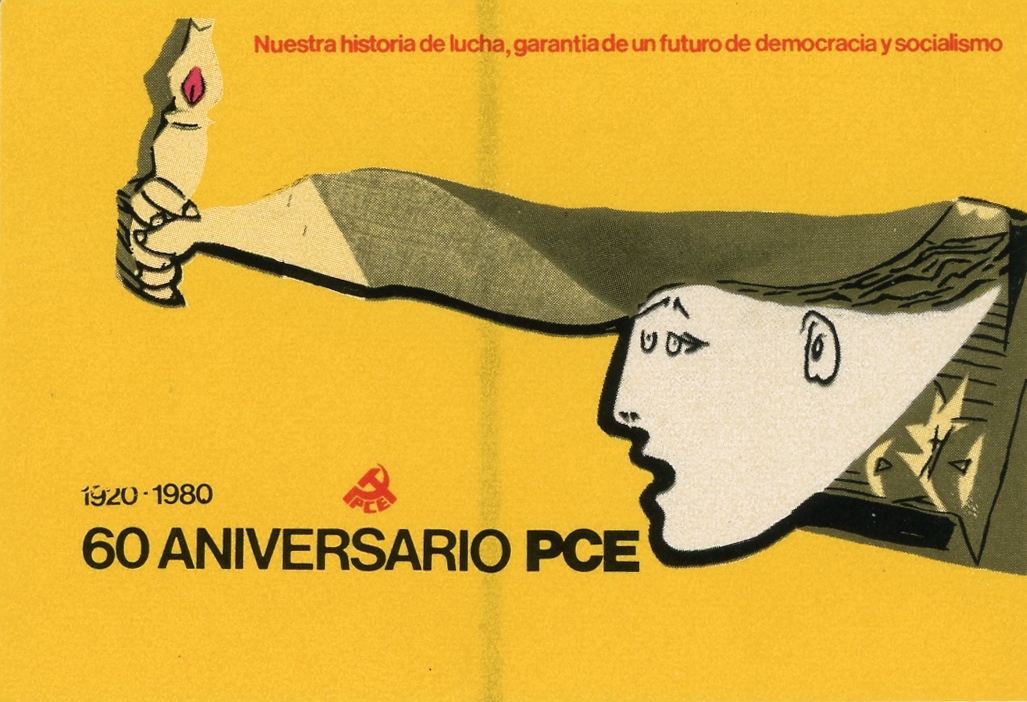
All images courtesy of Catherine Tedford, Richard F. Brush Art Gallery, St. Lawrence University
History of the collection and the Street Art Graphics digital archive
In the last thirty years, urban art has evolved dramatically from the spray-painted graffiti that peppered subway stations, back alleys, and train yards. Today, new forms of visual communication are created in public spaces, often attracting viewers in more contemplative and/or interactive ways. Street art stickers, or simply “stickers,” have emerged as a vehicle for self-expression and as an effective way to engage passersby. Stickers may be used to “tag” or claim a space and make it temporarily one’s own, to sell products or services, to announce events, to publicize blogs or other social media sites, or to offer social commentary and political critique. As one of the most democratic art forms, stickers can be created and distributed easily, quickly, cheaply, and widely. D.I.Y. artists create one-of-a-kind drawings or multiple stencils and screenprints on free USPS stickers or “Hello-My-Name-Is” labels. Other artists upload more elaborate designs to online sticker companies that mass produce hundreds or thousands of stickers at a time. A range of rhetorical strategies can be found in their work, from humor and charm to rebellion and resistance. Representing a diverse array of voices and perspectives, stickers offer a spirited “ground up” alternative to an often “top down” media-saturated environment.
Ongoing project: New Hampshire Institute of Art’s Thom Adams photograph collection
Editor’s note: this post has been updated to reflect changes to Artstor’s platform.

Constantine Manos, Watching the dance, Olympos, Karpathos, 1960s. Thomas L. Adams, Jr. Photographic Collection, Teti Library, New Hampshire Institute of Art
This fall, the New Hampshire Institute of Art published a first selection of 22 images from its Thom Adams Photograph Collection in Artstor’s public collections. The collection, a gift from 2011, includes around 300 original photographic prints by world class photographers of the 20th and 21st centuries belonging to collector, photographer, and New Hampshire resident Thomas L. Adams. The collection is being released in batches as it gets digitized, cataloged, and cleared for publication.
The Thom Adams Photograph Collection is made up largely of works that explore lifestyles, customs, and human relationships through portraiture, figurative studies, documentary photography, and street photography. Photographers represented in the collection include Annie Leibovitz, Todd Webb, George Platt Lynes, and Steve McCurry, as well as many lesser known artists.
Case study: Diving underwater with JSTOR Forum
Editor’s note: this post has been updated to reflect Artstor’s platform changes.
We invited Stanton Belford, Ph.D., assistant professor of biology at Martin Methodist College, to tell us about his three Marine Biology collections in JSTOR Forum (formerly Shared Shelf): Red Sea, Trinidad, and Key Largo.
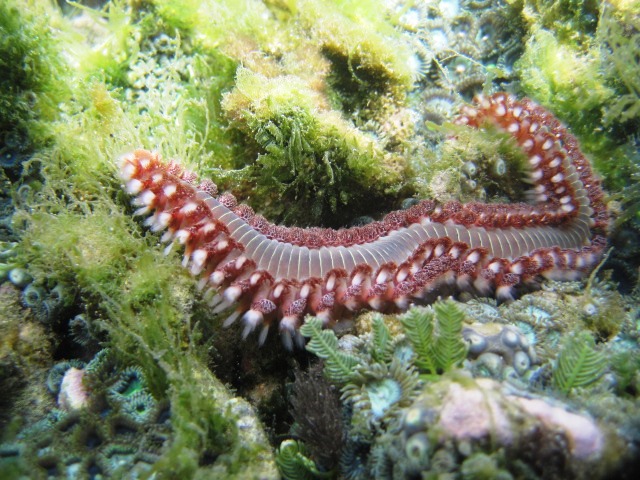
Bearded fireworm (Hermodice carunculata). From the Martin Methodist College Marine Biology Collection: Trinidad
Before describing the marine biology digital collections, I would like to mention I first became interested in marine science thanks to my high school teacher, who allowed us to experience informal science education with the reefs as our classroom. Here I saw a kaleidoscope of colors bursting through the ocean’s blue: corals, fishes, invertebrates, all hidden underwater, just waiting for my eager eyes to discover them.
Studying theatre with Artstor’s public collections
Editor’s note: this post was originally published in February 2013 and has been updated to reflect platform changes.
Did you know that Artstor contains publicly available collections that cover everything from flowers and turtles to medicine labels and political memorabilia–and are are also a great resource for theatre studies? Below, we discuss five collections which offer a fascinating view of the history and art of theatre, including books, costume and set design, and even photographs of productions.
